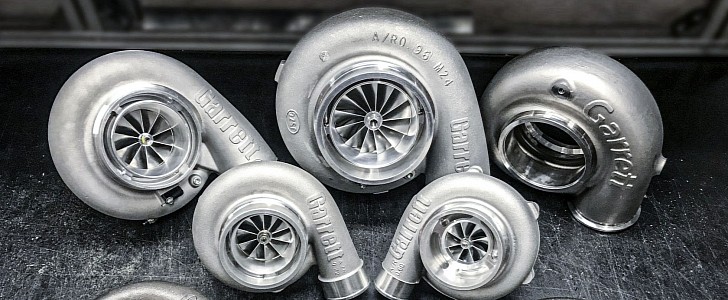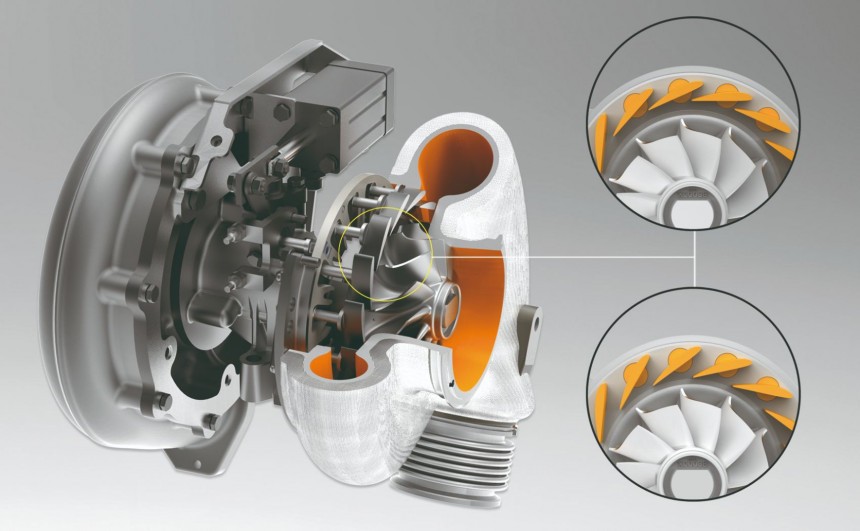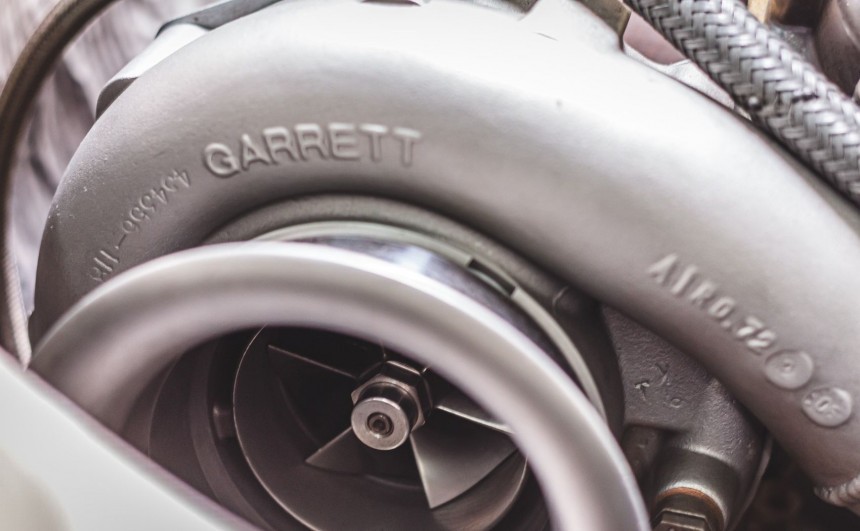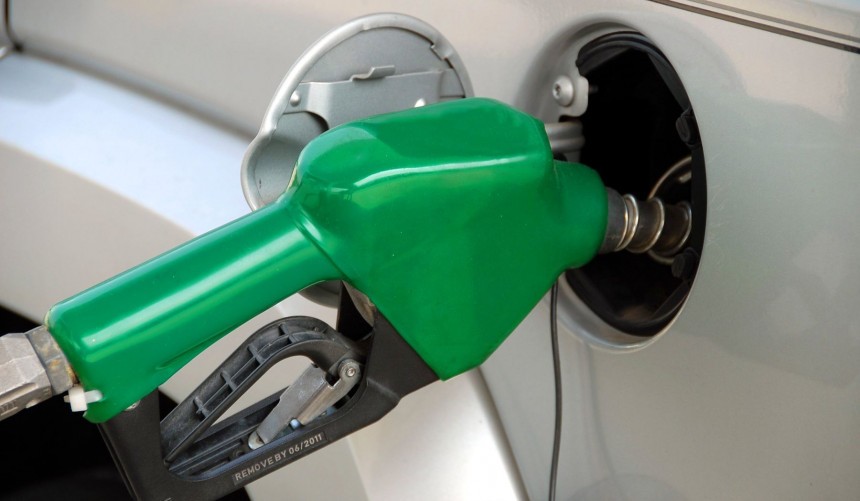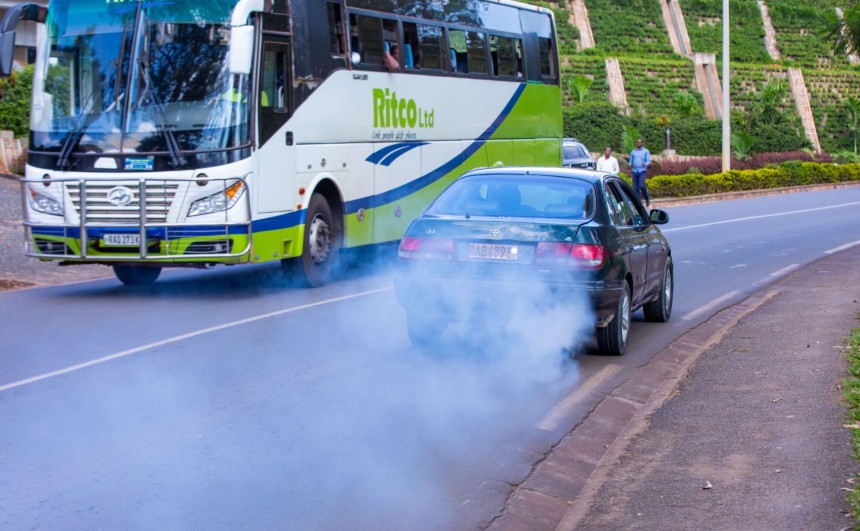Turbochargers have become increasingly widespread, especially in the last decade, as manufacturers raced to downsize their powerplants and make them more environmentally friendly. Unfortunately, they break down more often than not, and here are the most common signs.
As their name implies, turbocharged engines use this turbine-driven, forced induction device to boost power output and reduce emissions.
Engines produce power by mixing air with fuel, a mixture that is then ignited. Turbos help provide more air, ultimately aiding the engine to burn more fuel and create additional power.
They operate at extreme speeds of up to 250,000 rpm, which means they are subjected to intense pressures and temperatures.
Turbochargers are usually very reliable and fail because of engine lubrication issues or the introduction of foreign objects. Before they completely stop working, several common signs indicate an issue, and you shouldn’t ignore them if you want to avoid expensive repairs.
The issue could also occur due to a deteriorated wastegate that’s hung open or an issue with the fuel delivery system, especially if no other signs on this list arise.
In any case, if your vehicle does not accelerate as it used to, you should take it to a certified mechanic as soon as possible.
Apart from increasing the engine’s power and reducing emissions, a turbocharger also makes it quieter because it dampens the sound of air intake. However, if you hear a loud, whistling sound coming from the engine bay, it’s a sign that the turbo is not operating properly.
Generally, the louder the noise, the bigger the problem, and causes include compressor wheel damage, vacuum leaks, split hoses, or poor ECU remap.
Another benefit of using a turbocharger is increased fuel efficiency, so if you notice that your vehicle’s fuel consumption has increased considerably, you need to consult a mechanic.
This symptom can be caused by various issues, including a turbo leak that sends raw fuel into the exhaust.
As mentioned before, a turbocharger reduces emissions which means that it also dramatically reduces the amount of exhaust smoke coming out of both petrol and diesel engines' tailpipes.
When excessive amounts of smokes are produced even after the engine warms up, it could be a sign of a failing turbo, specifically a crack in its housing or worn seals.
This causes oil to leak into the exhaust system, dramatically increasing the amount of smoke coming out of your vehicle’s tailpipe (or tailpipes). The smoke is usually blueish, and it could also indicate worn valve seals or piston rings.
Usually, noticeably poor acceleration, a check engine appearing on the dashboard and either of the other symptoms indicate a failing turbo but make sure that a certified mechanic inspects it.
A cracked turbo housing often means that the component has to be replaced. It’s not a cheap part by any means, especially on newer vehicles. There are also refurbished versions available from OE manufacturers such as Bosch, Mahle, or Garrett, which are cheaper and benefit from the same warranty period as a completely new one.
If its housing is not cracked or damaged, the turbo can be repaired by replacing its damaged components, which is much cheaper than buying a new or refurbished version.
Engines produce power by mixing air with fuel, a mixture that is then ignited. Turbos help provide more air, ultimately aiding the engine to burn more fuel and create additional power.
They operate at extreme speeds of up to 250,000 rpm, which means they are subjected to intense pressures and temperatures.
Poor acceleration
If you notice a delayed response when stepping on the accelerator, your vehicle’s turbocharger is very likely failing since this is the most common sign.The issue could also occur due to a deteriorated wastegate that’s hung open or an issue with the fuel delivery system, especially if no other signs on this list arise.
In any case, if your vehicle does not accelerate as it used to, you should take it to a certified mechanic as soon as possible.
Loud whistling sound
Generally, the louder the noise, the bigger the problem, and causes include compressor wheel damage, vacuum leaks, split hoses, or poor ECU remap.
Increased fuel consumption
This symptom can be caused by various issues, including a turbo leak that sends raw fuel into the exhaust.
Excessive exhaust smoke
When excessive amounts of smokes are produced even after the engine warms up, it could be a sign of a failing turbo, specifically a crack in its housing or worn seals.
This causes oil to leak into the exhaust system, dramatically increasing the amount of smoke coming out of your vehicle’s tailpipe (or tailpipes). The smoke is usually blueish, and it could also indicate worn valve seals or piston rings.
Usually, noticeably poor acceleration, a check engine appearing on the dashboard and either of the other symptoms indicate a failing turbo but make sure that a certified mechanic inspects it.
A cracked turbo housing often means that the component has to be replaced. It’s not a cheap part by any means, especially on newer vehicles. There are also refurbished versions available from OE manufacturers such as Bosch, Mahle, or Garrett, which are cheaper and benefit from the same warranty period as a completely new one.
If its housing is not cracked or damaged, the turbo can be repaired by replacing its damaged components, which is much cheaper than buying a new or refurbished version.
